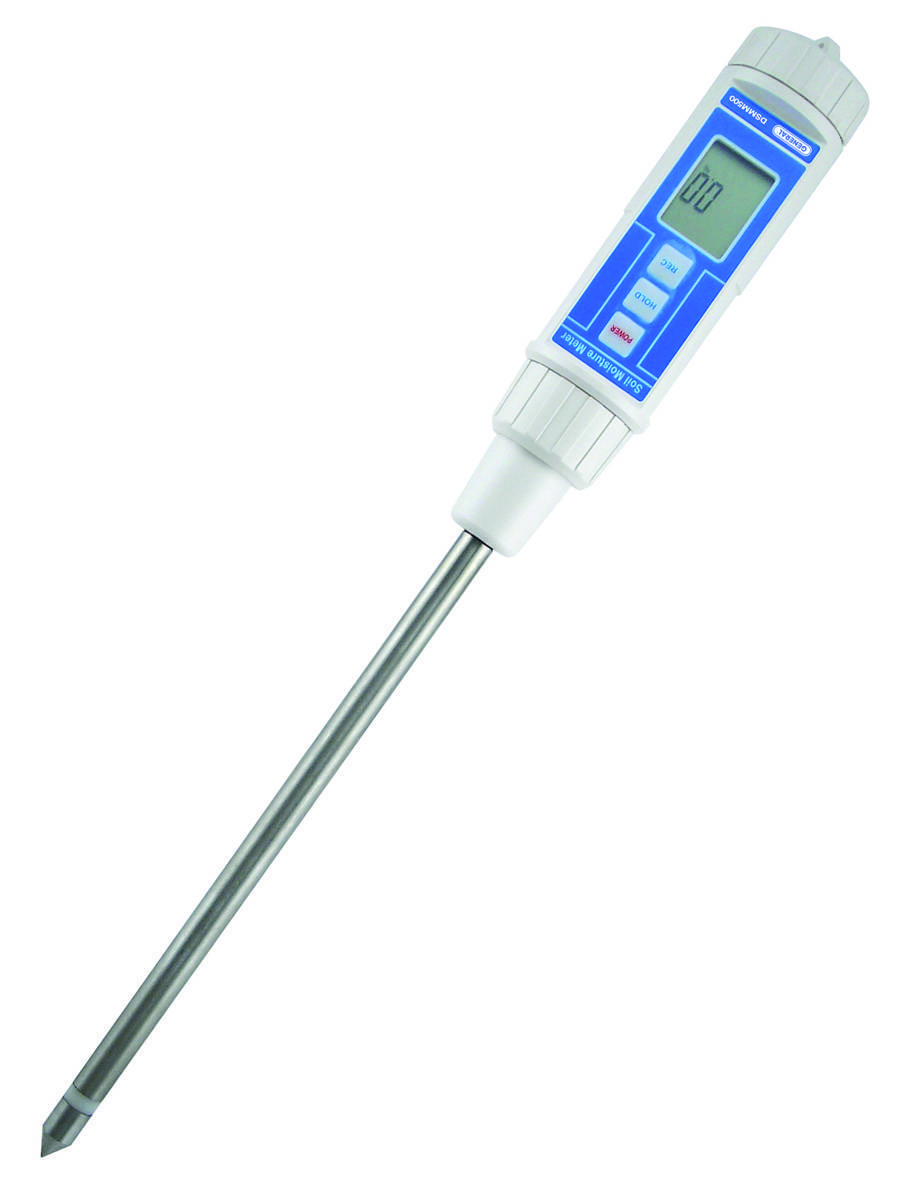Moisture Meter Reviews: Comparing the very best Designs for Expert and Do It Yourself Usage
Moisture Meter Reviews: Comparing the very best Designs for Expert and Do It Yourself Usage
Blog Article
Delve Into the World of Moisture Meters: Everything You Required to Know
In the realm of moisture meters exists a globe of accuracy and functionality that typically goes unnoticed. These devices, while apparently straightforward, hold a riches of info that can considerably influence different industries and applications. Recognizing exactly how moisture meters run, the different kinds readily available, and their diverse uses can clarify their importance in ensuring top quality and performance. By exploring the ins and outs of moisture meters, one can reveal a valuable device that goes beyond simple measurement, providing insights that can make a significant distinction in various areas.
Just How Moisture Meters Work
Moisture meters operate by measuring the electrical conductivity or capacitance of materials to identify the moisture material present. These meters are indispensable devices across various markets, consisting of building, woodworking, and agriculture. By making use of various techniques such as pin-type or pinless technology, wetness meters give precise analyses that help professionals make educated choices.
Pin-type dampness meters function by placing the sharp pins right into the product being checked. The electrical conductivity in between the pins is then determined, with greater dampness degrees bring about increased conductivity. Moisture Meter. On the various other hand, pinless wetness meters use electromagnetic signals to scan a bigger area without creating any damage to the product's surface. These meters are optimal for rapidly examining moisture levels in big locations or finished products.
Regardless of the method used, dampness meters play an important duty in preventing concerns such as mold and mildew growth, architectural damages, or product issues brought on by excess dampness. Comprehending exactly how these meters job is essential for making sure the top quality and integrity of materials in various applications.
Kinds of Moisture Meters
Offered the essential role moisture meters play in numerous markets, it is vital to recognize the various kinds readily available to experts for precisely assessing moisture levels - Moisture Meter. There are mostly 2 primary kinds of wetness meters: pinless and pin-type wetness meters

On the various other hand, pinless wetness meters use electromagnetic sensor plates to check a larger location of the product without triggering any kind of damages. This kind appropriates for swiftly scanning huge areas and is commonly utilized for floor covering, walls, and ceilings. Pinless meters are practical for taking readings on finished surface areas without leaving any type of visible marks.
Both types of dampness meters have their advantages and are selected based upon the certain needs of the job available. Understanding the distinctions in between these types is crucial for professionals to make exact dampness evaluations.
Applications Across Industries
Building professionals depend on wetness meters to assess the dampness levels in structure materials like wood, concrete, and drywall, which is vital for maintaining architectural integrity and protecting against problems like rot or mold and mildew. The flooring industry uses moisture meters to determine the dampness material in subfloors prior to installing numerous floor coverings, preventing expensive problems due to excess moisture. In the food sector, moisture meters are utilized to keep an eye on and control moisture degrees in items such as grains, nuts, and dried fruits to preserve quality and high quality.
Tips for Using Wetness Meters
When determining the wetness web content in various materials,Use the dampness meter's calibration settings to guarantee precise analyses. Calibration is crucial for the appropriate functioning of a moisture meter. Prior to each usage, it is advisable to inspect and readjust the calibration setups according to the specific material being check it out checked. In addition, make certain the meter is set to the correct wetness range for the material you are determining to acquire one of the most exact outcomes.
When utilizing a pin-type moisture meter, insert the pins to the appropriate depth advised for the product being examined. This makes certain that the dampness analyses are extracted from the appropriate depth within the material, providing an extra exact representation of its moisture content. For pinless dampness meters, bear in mind to preserve proper call with the product's surface area to get reputable readings.
Regularly examine and replace the batteries in your dampness meter to stop incorrect readings as a result of low power. Shop the meter in a risk-free and completely dry location when not being used to extend its lifespan and preserve its accuracy. By adhering to these tips, you can make the most of the efficiency of your moisture meter and acquire precise wetness web content measurements throughout various materials.
Upkeep and Calibration
To make certain the precision of dampness web content dimensions, regular maintenance and calibration of the moisture meter are important steps in its proper functioning. Calibration readjusts the dampness meter to make certain that it provides dependable and consistent results.
Calibration should be performed periodically, especially if the dampness meter is made use of frequently or in crucial applications where accurate measurements are required. Several dampness meters include calibration tools or can be adjusted by specialist services. Moisture Meter. It is recommended to keep a log of calibration days and results to track the performance of the moisture meter over time. By calibrating the dampness and keeping meter consistently, customers can trust the accuracy of the dampness content dimensions gotten.
Verdict

To conclude, wetness meters play a crucial function in numerous industries by precisely gauging the moisture navigate to this site material of products. Recognizing how these gadgets function, the various kinds available, and appropriate upkeep and calibration are essential for acquiring trusted results. Whether in building, farming, or production, making use of dampness meters aids ensure quality control and performance in processes.

In verdict, dampness meters play a crucial role in numerous sectors by properly determining the wetness content of materials.
Report this page